Paro Taktsang
The small cliffside monastery known as the Tiger's Nest is said to be the meditation site of an 8th-century Buddhist master.
This temple complex hangs far up on a cliff overlooking the Paro valley in Bhutan. It is one of 13 small monasteries, or “tiger lairs” where the Buddhist master Padmasambhava, also known as Guru Rinpoche, is said to have meditated in the 8th century.
Padmasambava, which translates as “he who came into being in a lotus,” was a Brahmin royal who spread Tantric Buddhism through Bhutan and Tibet in the 700s, and is seen in those areas as nearly as holy as the Buddha himself.
As legend has it, Padmasambava landed at Paro Taktsang to meditate when he brought Buddhism to Bhutan in the 8th century. He is said to have arrived on a flying tiger which had recently been his Tibetan concubine. He then meditated in a cave high on the mountain for four months after which he subdued the local ‘demons’ and began the conversion of the Bhutanese to Buddhism.
For those without flying tiger concubines, getting to the Tiger’s Nest is significantly more difficult. There is a two hour climb from the valley floor, which is already quite high at 7,000 feet, to the Tiger’s Nest 3,000 feet above— 10,000 feet above sea level. As one climbs the well-maintained but very steep trail over ever more vertical switchbacks, the monastery seems to appear and disappear in and out of the trees and the mists. After two hours of a long slow climb—going slow is recommended to help manage the pace of the altitude—one arrives at the only beginning of the entrance to the Tiger’s Nest, a rock outcropping overlooking a vast chasm, with the monastery on the other side.
Beneath the promontory of rock, and across the chasm from the monastery, the cliff drops a couple of thousand feet to the gorge below. Carved into the exposed cliff face are stone steps; handrails have only recently been added. This is the way to the Tiger’s Nest monastery.
Despite reservations that visitors may have about navigating the intimidating steps, it’s common to see Bhutanese locals, including mothers carrying small babies, walking up the steps with ease. The steps lead down into the gorge, which provides the separation and isolation the Tiger’s Nest has enjoyed for all these centuries.
As one climbs into the canyon, a 100-meter high waterfall at the deep end of the canyon appears immediately in front, with the path traversing directly across its base. Once down and across the front of the water fall the steps start back up toward the Tiger’s Nest once again, over 700 steps in all.
Visitors can enter Paro Taktsang (after removing their shoes) and climb the several levels within, which contain three temples and a spectacular view. High and deep inside is the site where Padmasambabva is said to have meditated for three years, three months, three weeks, three days and three hours. You can feel the chill breath coming from inside the cave.
The return journey is much faster, but equally dramatic.
In conjunction with the Long Now Foundation. Modified from original text by Peter Schwartz at the Long Now Blog.
Know Before You Go
Plan your trek as early as possible in the morning to enjoy the perfect weather. Many cabs are available in the city centre that can be availed to get dropped off to the start point.


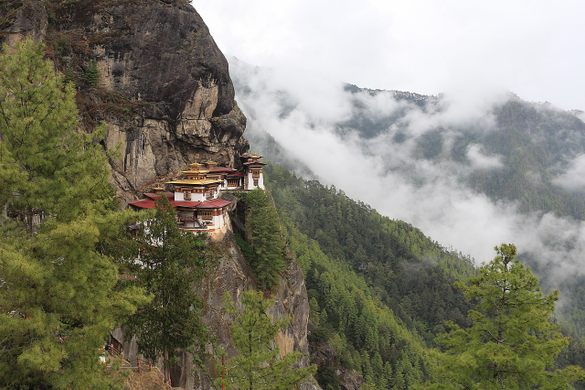
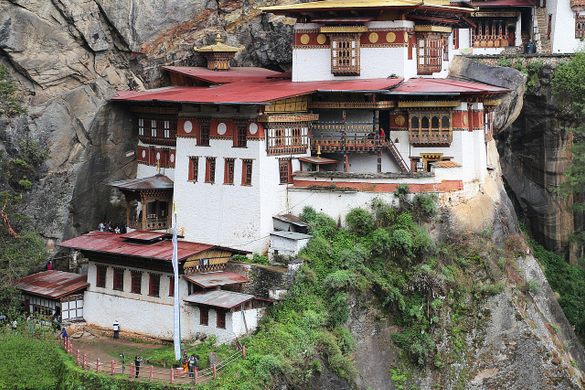

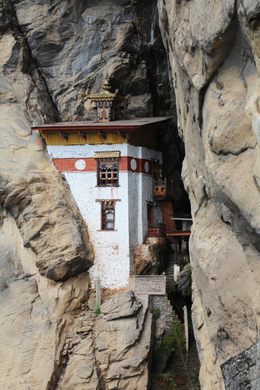
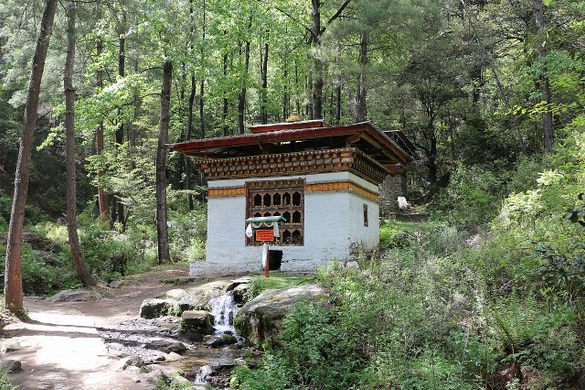
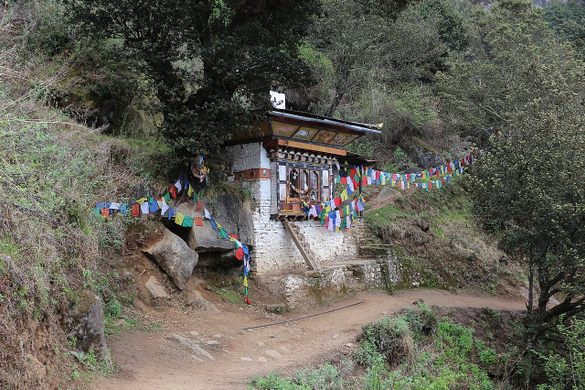
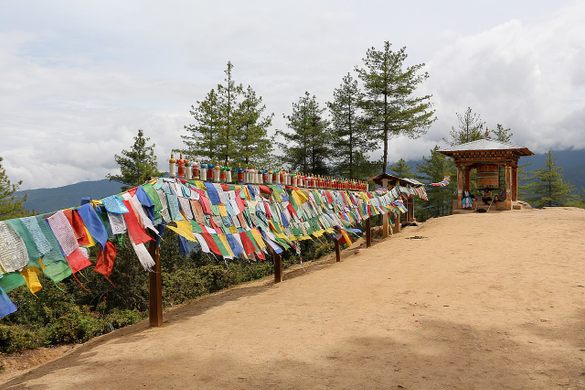
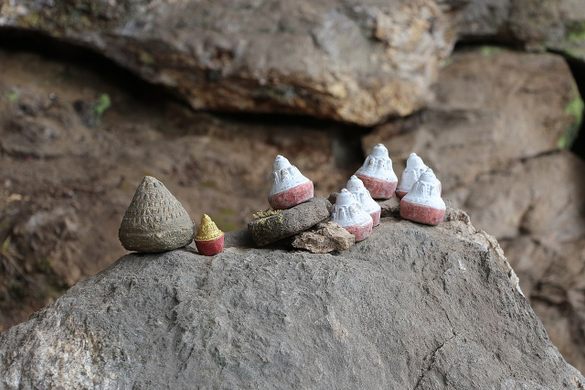
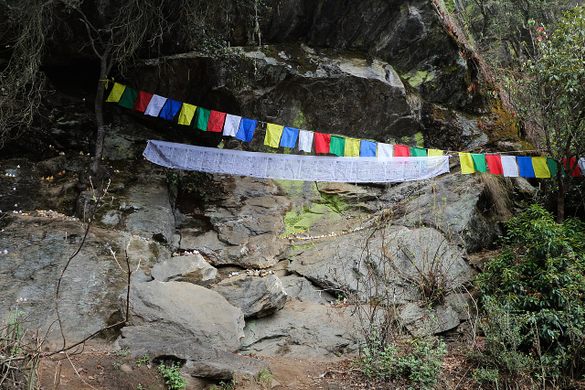
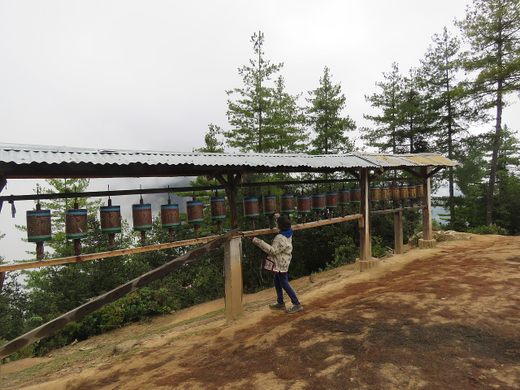
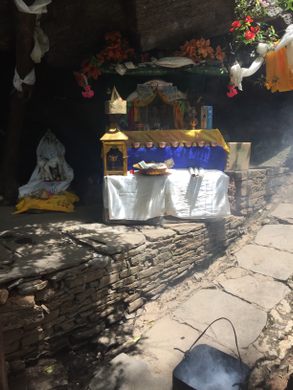





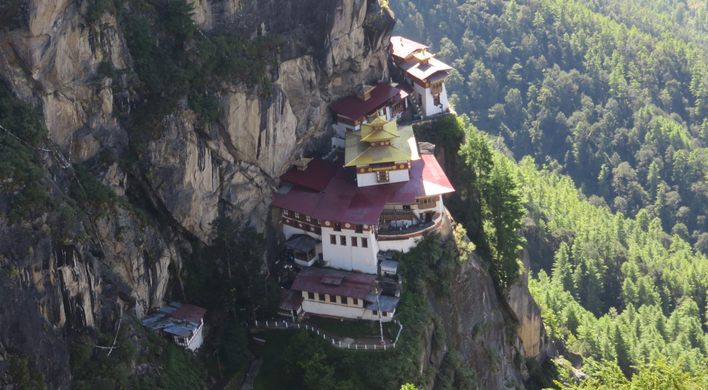


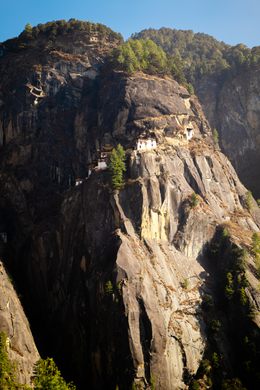


















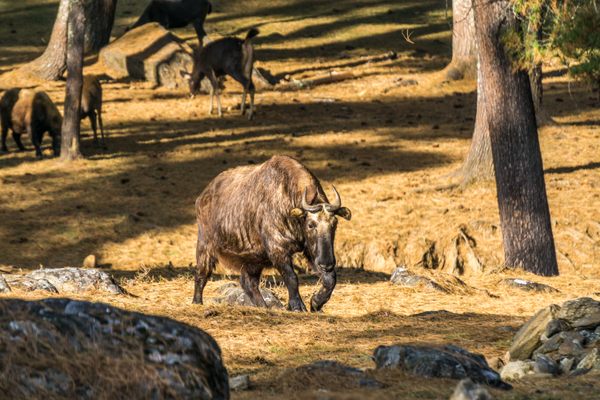
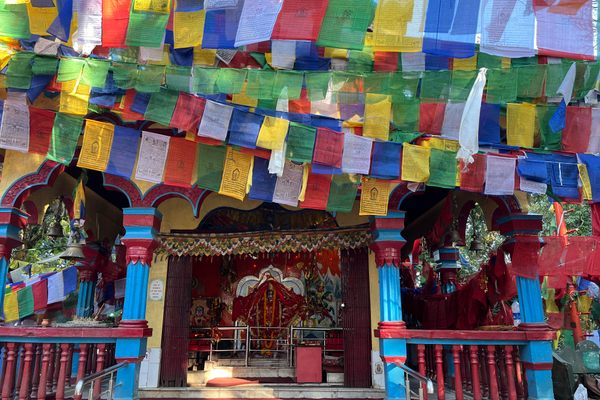






Follow us on Twitter to get the latest on the world's hidden wonders.
Like us on Facebook to get the latest on the world's hidden wonders.
Follow us on Twitter Like us on Facebook